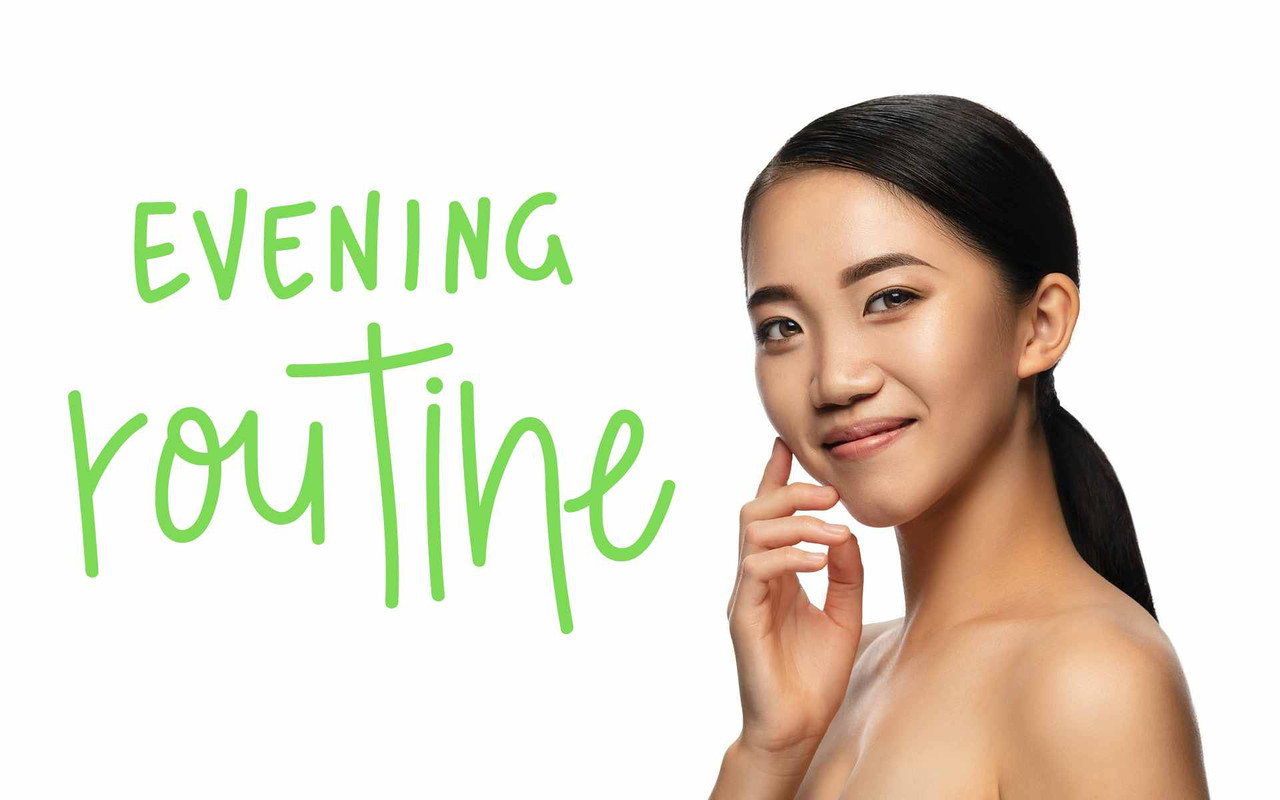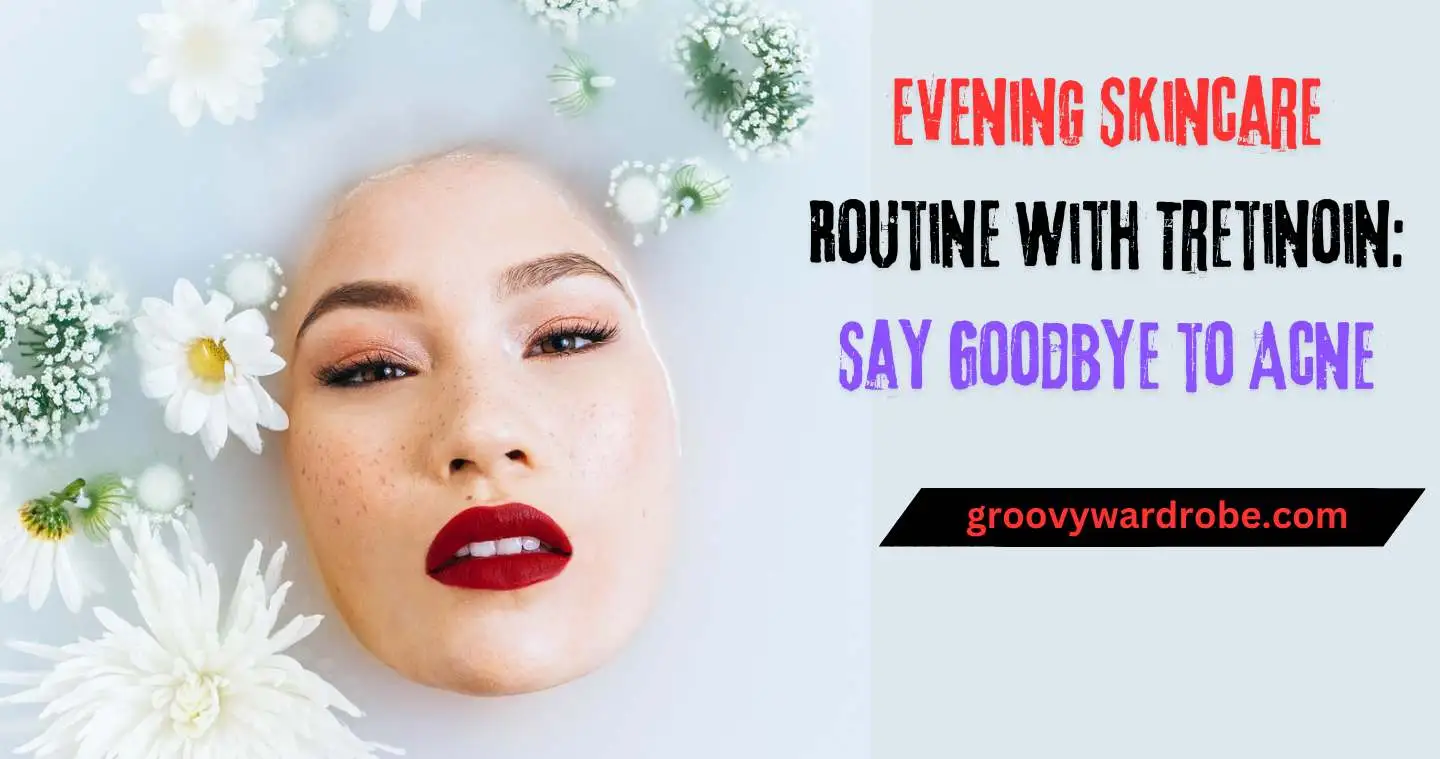I was unsure when I first saw of tretinoin. Is one product truly able to improve my skin in such manner? I'm here today to relate my own experience with my Evening skincare routine including tretinoin. Let's walk through how it has changed my skin over time with some useful advice along the way.
Key Takeaways
- One potent chemical that will change your skin is tretinoin.
- Go gradually to allow your skin change.
- Counteracting dryness depends on hydration.
- Customize your daily regimen depending on your skin type and demands.
- Get patient; outcomes take time.
What is Tretinoin
Let's discuss what tretinoin honestly is before we start my regimen. One type of vitamin A that aids in cell turnover is triterinoin. It's renowned for reducing hyperpigmentation, fine wrinkles, and acne. Although the outcomes might be really outstanding, proper application of it is crucial.
My Skin Type
To provide some background, I have oily skin. My skincare needs so differ somewhat from those of someone with dry or mixed skin. For oily skin, discovering a nightly skincare regimen using tretinoin has changed everything.
What Are the Skin Benefits of Tretinoin

Reduces Acne
For more than 50 years, tretinoin has been a weapon against acne. Its main action is to raise the rate of cell turnover, which will enable your skin to eliminate the content of a forming or existing acne lesion. This can help repair future pimples before they start and clear already present ones. Additionally anti-inflammatory, tretinoin can help to lower acne-related redness and swelling.
Removes dark spots
Tretinoin can help smooth out the dark areas sometimes referred to as hyperpigmentation by physicians. Sun sun Among the different causes of these dark spots—a level of melanin—are injury, pregnancy, stress, thyroid condition, or usage of specific medications (e.g., birth control pills, anti-seizure drugs). While it promotes the creation of new skin cells, tri-inoin helps reduce pigment in the skin, therefore lightening the color and minimizing the appearance of the skin cancer. Visit our website to learn more about beauty tips
Increases Collagen
Collagen is one very important protein that gives your skin suppleness, body, and strength. Tretinoin increases the synthesis of new collagen while slowing down the breakdown of your current collagen in your skin. This might help with tone and give your skin an older look.
Treats Fine Lines and Wrinkles
By boosting the flexibility of your skin and filling in drooping skin with collagen, tretinoin can help fine lines and minor wrinkles smooth out. Deeper creases and wrinkles won't be substantially affected by tretinoin, though.
Recommended to read: After Care For Lip Injections
5 Best Evening Skincare Routine with Tretinoin
1. Cleansing
I start my regimen with cleaning. I wash the makeup and dirt from the day with a mild cleanser. This is really essential to get my skin ready for the active components in tretinoin.
2. Toning
I next use a toner. It gets my skin ready for the next treatment and helps balance its pH. To offset any dryness tretinoin might induce, I like a moisturizing toner.
3. Applying Tretinoin
The program revolves on this celebrity. I apply a pea-sized amount of tretinoin on my face, avoiding my mouth and eyes. At first, I used it every other night to let my skin change. I now use it every night. The evening skincare routine with tretinoin before and after produces rather amazing effects.
4. Moisturizing
After the tretinoin absorbs, I moisturize to seal in moisture. This stage is absolutely essential to avoid dryness and itching.
5. Spot Treatment (Optional)
My last step is a spot treatment should I have any active breakouts. This makes sure my pimples get extra care without straining my whole face with strong components.
Read also: BEAUTY SECRETS ACRYLIC NAIL KIT INSTRUCTIONS
How Long Does it Take to See Results
If you are using tretinoin to fight aging, three to six months from now you should start to see changes. The exact time will depend on your current state of skin, the medicine's strength, and frequency of usage.
One may see tretinoin as a slow and steady road. Your skin's condition most likely won't change dramatically over night. On the other hand, you will notice constant, slow progress if you are persistent with your daily treatments and patient.
What Are the Potential Side Effects of Tretinoin

There will most likely be an adjusting phase when you start taking tretinoin. Sometimes this is known as the tretinoin purge. Not to panic; your skin is only going through a transient phase while it finds its new chemical equilibrium. You may probably go through a spectrum of symptoms over this period ranging three weeks to six months. These are some usual side effects you could run across:
Pimples
One highly good acne therapy is trretinoin. Initially, however, it can really lead to breakouts among a minority of users. This is the result of your first starting the medicine increasing skin cell turnover. Be patient; over time, retinoin will help to avoid long-term outbreaks.
Skin Peeling & Dryness
Tretinoin turns over skin cells more quickly. Old cells are therefore fast dying off while new ones replace them. When dead cells shed, they might gather in big flakes—that is, dry, peeling skin. Your skin will eventually start to shed normally once more.
Redness and irritancy
Tretinoin can directly set off inflammatory-triggering receptors in your skin. This gently irritates your skin, which results in redness and soreness. It can also make your skin more vulnerable to other kinds of irritation such windburn and scrapes. Redness is usually a transient side effect that will go away as your skin adjusts to the drug.
Increased sun sensitivity
Tretinoin will make your skin rather UV ray sensitive to the sun. You will thus need to be rather careful to prevent sunburns and other kinds of solar harm. So cover yourself and apply lots of sunscreen even on foggy days.
Ingredients to Avoid in Your Routine
Some skincare products simply do not combine well with tretinoin—either because the active components interact negatively or because they are too similar, which could aggravate adverse effects. One of the toughest components of developing your new skincare regimen is phasing out or substituting these items; nonetheless, attempt to be patient and hang in there! If you wish to maximize tretinoin's efficacy and avoid adverse effects, keep an eye out for the following likely problematic ingredients:
Salicylic Acid
An exfoliating agent, salicylic acid melts dead skin cells and opens pores. This makes it really helpful in the struggle against acne. But tretinoin has a somewhat comparable action, thus mixing the two can aggravate redness, peeling, pain.
Alpha Hydroxy Acids (AHAs)
Acting as acids, they destroy older skin cells, therefore promoting fresh skin development. Stated another, they boost turnover rate—exactly what tretinoin is already doing. Combining the two components might aggravate redness, sensitivity, and pain.
Evening Skincare Routine with Tretinoin and Retinol
Some might question whether it would be feasible to run tretinoin and retinol in the same regimen. For my part, I find it too severe to apply both together. On other evenings, though, I alternate retinol and tretinoin to get the advantages of both without aggravating my skin.
Korean Skincare Routine with Tretinoin
Using ideas from Korean skincare into my regimen has changed everything. My skin has stayed balanced thanks in part to a concentration on hydration and light layering. To maintain plump and moistened skin, I use essence and serums before applying tretinoin.
Read also: BEST MOISTURIZER FOR OILY SKIN DERMATOLOGIST RECOMMENDED
Tretinoin Before and After: My Results

My skin has altered very brilliantly. My tretinoin before and after defines my complexion better, less breakouts, less fine wrinkles. The patience was worth it, but it took several months to show appreciable changes.
Troubleshooting Common Issues
Initial Idea
Starting tretinoin causes many to first break out. This is natural and often passes in a few weeks. One must be patient most of all.
Oxidation and Peeling
Use a heavy moisturizer to fight dryness, and think about adding moisturizing masks to your regimen.
Irritation
If irritation develops, cut back on how often you use tretinoin. As your skin gains tolerance, progressively use more.
Conclusion
Though my evening skincare regimen has been a trip of trial and error, the results speak for themselves when including tretinoin. There's a suitable regimen for you whether your skin is oily, you wish to mix in Korean skincare ideas, or you are contemplating retinol alternations. Accept the journey and savor the change!
Ask questions or share your own evening skincare routine with tretinoin experiences here. Happy skincare adventure!
FAQS' Evening Skincare Routine With Tretinoin
What is the best night routine with tretinoin?
For the entire face, a pea-sized dose of tretinoin is plenty. Use at night, following a light non-soap wash with a Cetaphil or CeraVe cleanser. Wet skin absorbs it more easily, hence either wait twenty minutes after cleaning or dry using a blow drier on a cold setting.
Can I use tretinoin in the evening?
Usually tretinoin applies at night to avoid interfering with any other topical medicine you could use during the day. Before using topical treatments like tretinoin, see your doctor. Steer clear of overexposing the treated regions to sunshine, wind, or cold temperature over the first six months of usage.
What step should tretinoin be in skincare routine?
First put a foundation layer of your preferred moisturizer, then apply tretinoin. Studies have demonstrated that the retinoid's potency is not diminished by the base layer; rather, it aids with tolerance. Look for a main moisturizing agent among glycerin, hyaluronic acid or squalene.
What serums are good with tretinoin?
Retinoids such as vitamin C and tretinoin complement each other as they both increase collagen synthesis and boost their respective effects. Usually less of an irritant, vitamin C can be used in concert with other medications. Also quite effective are retinoids such niacinamide and tretinoin.

